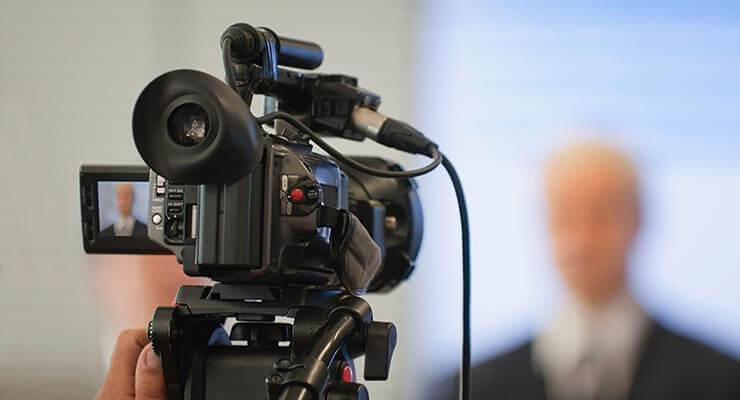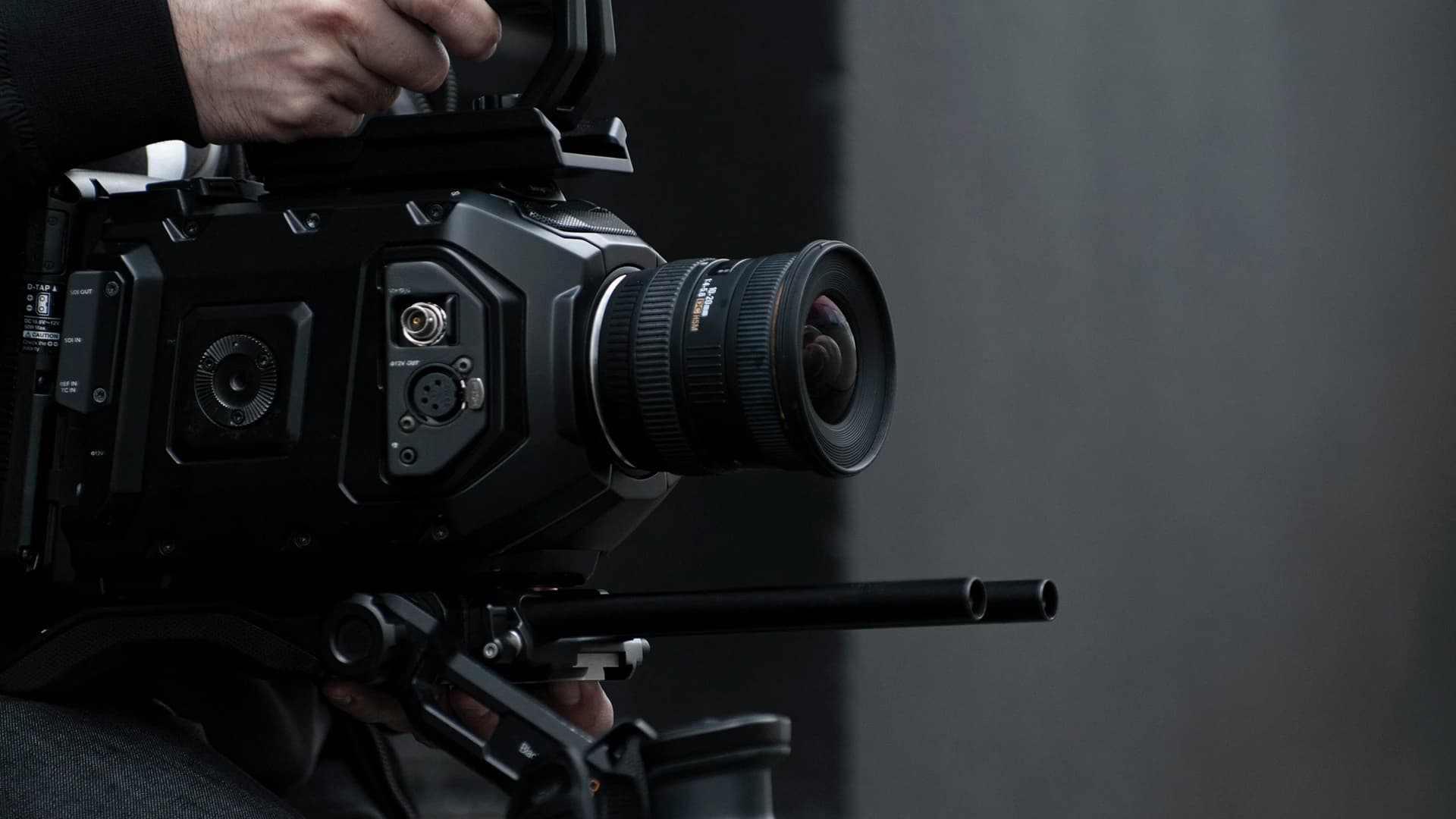Why Legal Videography Is Critical for Accurate Court Recordings
The function of legal videography in court room settings can not be overemphasized, as it offers as an important tool for preserving the honesty of court records. The ramifications of integrating lawful videography into typical court methods elevate vital questions regarding its more comprehensive impact on the lawful system.
Significance of Visual Proof
In the world of legal proceedings, the significance of aesthetic evidence can not be overemphasized. Aesthetic proof functions as an effective tool in developing facts, corroborating testimonies, and boosting the total clarity of a situation. This type of evidence, that includes photos, video clips, and diagrams, can give a concrete context that spoken descriptions usually lack, thus using courts and judges a clearer understanding of the circumstances surrounding an instance.
Moreover, visual proof help in the retention of details. Human cognition is inherently aesthetic, and people are more probable to remember and understand info offered in an aesthetic layout. In the court room, this can be crucial, as engaging visual proof can persuade opinions and enhance the story presented by legal agents.
Additionally, using visual evidence can decrease misconceptions and uncertainties that frequently emerge from verbal exchanges. By giving a straight depiction of events, aesthetic proof helps to remove subjective analyses and fosters an extra objective evaluation of the truths. Consequently, the assimilation of aesthetic evidence into lawful proceedings not only strengthens the honesty of the judicial procedure but additionally boosts the possibility of attaining a simply end result.
Recording Non-Verbal Signs
Making use of advanced videography strategies can considerably boost the capture of non-verbal signs throughout legal proceedings. Non-verbal interaction, including face expressions, body movement, and eye contact, plays an important role in communicating feelings and objectives that might not be clearly stated in spoken testament. legal videography. Lawful videography uses high-def video cameras and calculated angles to make sure that these refined signs are videotaped with quality and accuracy
The capacity to evaluate non-verbal actions can provide valuable context to declarations made during court sessions. For example, a witness's unwillingness or confidence can be analyzed through their pose or gestures, potentially affecting the jury's assumption of reliability. The use of close-up shots can aid focus on an audio speaker's expressions, enabling for a more nuanced understanding of the statement.
Moreover, integrating multiple cam angles can develop an extensive sight of communications, highlighting dynamics in between celebrations involved. This multifaceted approach not only improves the accuracy of the court record however also aids in preserving the stability of the judicial process - legal videography. Inevitably, capturing non-verbal hints through legal videography fosters a richer, extra complete depiction of courtroom process

Enhancing Testament Reliability
The reliability of statement can be considerably reinforced through making use of top notch legal videography. Video clip recordings serve as an unbiased tool that catches not only the spoken words of witnesses however also the nuances helpful hints of their distribution, consisting of tone, pacing, and psychological expressiveness. This multifaceted documentation offers a more clear understanding of the witness's reputation and intentions, which can be crucial in lawful process.
Additionally, lawful videography lessens the capacity for false impressions that might develop from created records alone. When jurors can observe a witness's temperament and body language together with their testament, they are much better outfitted to evaluate the credibility and integrity of the proof presented. This aesthetic context can enhance the testimonial story, making it more engaging and reliable.
Additionally, the existence of a video clip recording can hinder possible variances in testimony. Witnesses may be much more cautious in their declarations when they understand they are being recorded, leading to even more precise and truthful accounts. In general, high-quality legal videography boosts the honesty of statement, ensuring that the court has access to a full and sincere depiction of the realities as conveyed by the witnesses.
Supporting Appeals and Reviews
Lawful videography plays a crucial function in sustaining appeals and evaluations by giving a detailed visual record of court room proceedings. This visual documentation records not only the spoken words of witnesses and attorneys yet likewise the subtleties of body movement, tone of voice, and courtroom dynamics. Such components can be essential in understanding the context of testimonies and disagreements presented.
In the appellate procedure, where the focus is on mistakes of legislation and step-by-step fairness, a video document can offer as a crucial device for appellate courts. It makes it possible for judges to assess the original trial context, ensuring that decisions are based on a full understanding of the procedures. The capacity to visually evaluate the demeanor of witnesses or the interactions in between parties can expose understandings that written transcripts might ignore.

In addition, lawful videography can aid in clearing up ambiguities in testaments or procedural rulings, thereby reinforcing the basis for an appeal. By using a trustworthy, objective account of what transpired in court, legal videography not just sustains the integrity of the lawful procedure but additionally empowers all celebrations involved to make educated choices concerning their situations.
Streamlining Court Procedures
Enhancing courtroom efficiency, lawful videography streamlines processes by offering instant access to visual documents of process. This technology permits courts, attorneys, and juries to review vital statement and evidence, making sure that all parties have a clear understanding of the case. By capturing the subtleties of spoken and websites non-verbal interaction, videography enhances the document, making it simpler to realize the context and weight of statements.

In addition, video recordings can facilitate remote engagement in hearings, permitting better versatility in scheduling and engagement, which is specifically beneficial in complex cases including several stakeholders.
Final Thought
In conclusion, lawful videography plays a vital function in guaranteeing precise court recordings by providing essential aesthetic proof that records both spoken and non-verbal interaction. This technique enhances the integrity of statements, supports appellate testimonials, and enhances court room procedures. By promoting a comprehensive understanding of courtroom characteristics, legal videography eventually adds to a lot more equitable judicial results, enhancing the integrity of the lawful system and facilitating notified decision-making.